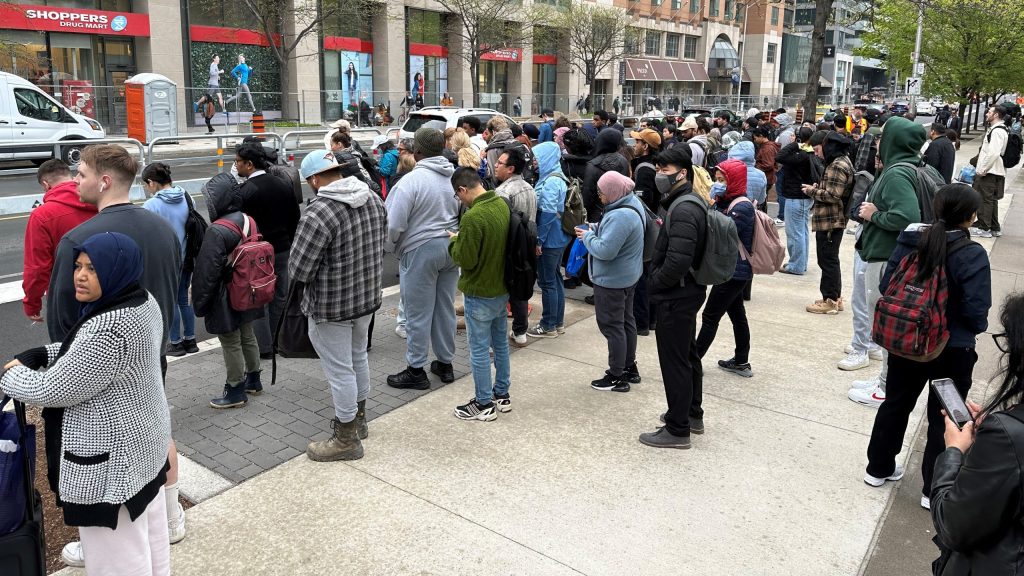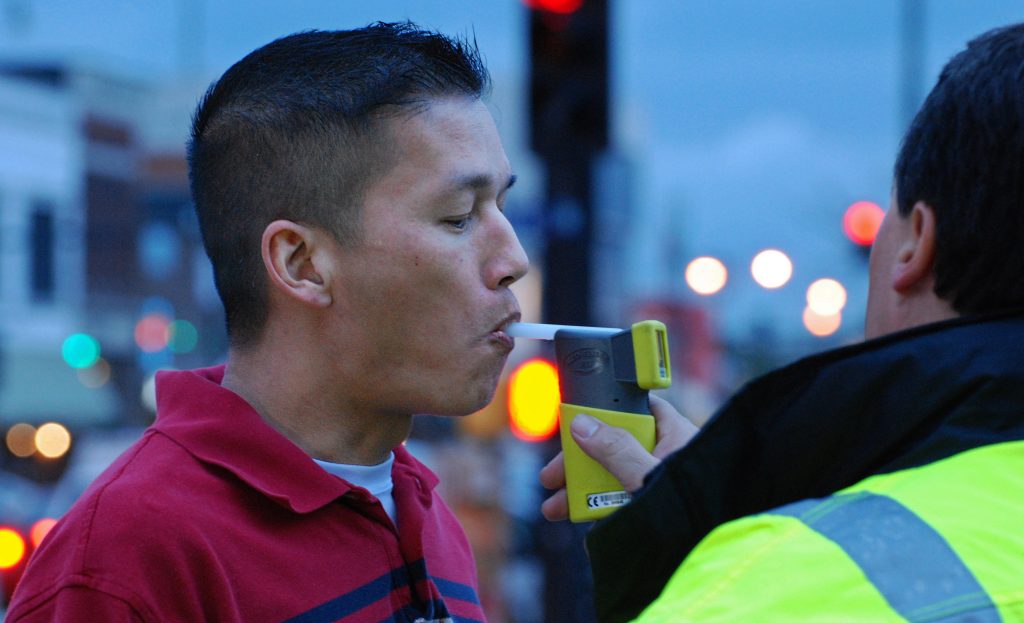Renaming of Emily Carr painting spurs debate about reconciliation in art
Posted May 22, 2018 6:06 pm.
Last Updated May 23, 2018 9:20 am.
This article is more than 5 years old.
TORONTO – The painting depicts a colonial structure in an Indigenous setting, but it’s the name of the work that’s spurred a debate about how the art world should address reconciliation.
The Art Gallery of Ontario has renamed a painting by Canadian artist Emily Carr as part of a broader effort to eliminate culturally insensitive language from titles in its collection, a curator says.
But others in the artistic community contend that displacing a work from its historical context does far more cultural damage than a name.
In the 1929 painting, a pallid white church stands out amid the verdant forest in an Indigenous village on Vancouver Island, with dense foliage encroaching on a thin steeple from above and a scattering of cross-marked graves from below.
Carr exhibited the painting as “Indian Church,” and for nearly nine decades, the name stuck.
But at the Toronto’s Art Gallery of Ontario, the work now hangs under the title “Church at Yuquot Village,” a reference to the Mowachaht/Muchalaht community where the missionary-built church was located.
A panel near the painting notes the name change beside an asterisk, explaining that the artist’s title was in keeping with “the language of her era.” The text goes on to say that the gallery is in the process of amending titles containing terms that are considered “discriminatory” by modern standards.
“People are wondering about this idea of: “If we change this title, does that mean that we’re changing the past?” And my argument is not at all,” said Georgiana Uhlyarik, the gallery’s curator of Canadian art.
“We’re interested in inviting people into this conversation that we’re having in order for us to move forward, so that we learn from the past and that we figure out what is constructive.”
Uhlyarik said the effort to “contextualize” Carr’s painting is of a piece with the gallery’s decision last October to appoint her and Indigenous curator Wanda Nanibush to jointly head the newly rebranded Canadian and Indigenous Art department.
As part of their “nation-to-nation” artistic approach, the co-curators are working to remove “hurtful and painful” terminology from the titles of works on a case-by-case basis, Uhlyarik said, but the Carr painting marks the first time the gallery has revised a name in such a public and “deliberate” way.
“I don’t think that it changes the meaning of the work itself at all. I think the painting of the church is incredibly powerful, and the title is simply what it’s referred to as,” she said. “I wanted to make sure it wasn’t a poetic title in any way, that it was in some ways, much more descriptive.”
After consulting with the residents of Yuquot and Carr scholars, Uhlyarik said she decided to swap the word “Indian” for a geographical descriptor, hoping that the new title would prompt further examination of the history of the church, which she said burnt down and was rebuilt as a community centre due to its significance to the village.
“I think this is how we open up a conversation about colonial history,” she said.
“If there’s a way for us to still have the conversation, and still display the work and remove this immediate insult, then we’re trying to figure out what that way is.”
But for Ligwilda’xw interdisciplinary artist Sonny Assu of Campbell River, B.C., changing the name of the painting does not spark a conversation about colonial history so much as it “revises” it.
“I think (the painting) becomes more hurtful and problematic, because it does erase that history,” Assu said. “It comes off as almost revisionist in a way where it’s repainting that picture of inclusion and of tolerance that just wasn’t there.”
He said he would rather the gallery feature a panel offering Indigenous perspectives on the work.
Jan Ross, curator at Emily Carr House, said renaming a work in contradiction with the artist’s intentions is tantamount to “censorship.”
“That is sacrosanct,” she said. “It robs the artist … I think it behoves us to examine things within the context of their day.”
She said the best way for a curator to affirm their commitment to the principles of reconciliation is to place a work within its appropriate context, not impose one’s curatorial perspective.










